 1983 Maruti 800 Dimensions, Size & Specs
1983 Maruti 800 Dimensions, Size & Specs
Measurements of the 1983 Maruti 800, engineered for optimal performance and comfort
| Dimensions | |
|---|---|
| Length: | 3335 mm131.3 in10.9 ft |
| Width: | 1440 mm56.7 in4.7 ft |
| Height: | 1410 mm55.5 in4.6 ft |
| Trunk Capacity: | 160 liter5.7 cu ft |
| Trunk Capacity (Max): | 1050 liter37.1 cu ft |
| Weight Specifications | |
| Curb Weight: | 640 kg1411 lbs |
| Maximal permitted Weight: | 1000 kg2205 lbs |
| Tire Specifications | |
| Rims Size: |
|
| Tire Size: |
|
The Maruti 800 hatchback, first introduced in the 1983 model year and produced from 1985 to 2013, is a quintessential example of a compact and economical city car. With a length of just 3335 mm (131.3 inches), a width of 1440 mm (56.7 inches), and a height ranging between 1405 mm to 1410 mm (55.3 to 55.5 inches), the Maruti 800 was designed with compactness and maneuverability in mind, making it ideal for urban environments and tight parking spaces. Weighing in with a curb weight of 640 kg (1411 lbs) and a maximum weight capacity of 1000 kg (2205 lbs), this lightweight hatchback offered excellent fuel efficiency and ease of handling. The Maruti 800’s luggage capacity stands at 160 liters (5.65 cubic feet) with the rear seats in place, expanding significantly to 1050 liters (37.1 cubic feet) when the rear seats are folded down, providing versatility for cargo and shopping needs. The car rides on 12-inch rims outfitted with 145/70 R12 tires, which complement its small size and contribute to a smooth driving experience. Known for its reliability and affordable maintenance, the Maruti 800 remains a popular choice among enthusiasts and urban drivers who value simplicity and practicality in a hatchback. This generation of Maruti 800 set a benchmark for compact vehicles in the Indian automotive market and helped shape the affordability and accessibility of motor vehicles in the region.
Discover the standout features that make the 1983 Maruti 800 a leader in its class
Have a question? Please check our knowledgebase first.
The Maruti 800 from the 1983 generation features compact dimensions that contributed to its popularity as a city car. Its length measures 3335 mm (131.3 inches), width is 1440 mm (56.7 inches), and height ranges between 1405 mm to 1410 mm (55.3 to 55.5 inches). These dimensions allowed the Maruti 800 to navigate narrow urban streets easily while providing a reasonably spacious cabin for its class.
When compared to other hatchbacks or city cars from the 1980s, the Maruti 800 was slightly smaller yet practical. Its compact length of 3335 mm (131.3 in) and narrow width of 1440 mm (56.7 in) made it more maneuverable than many competitors, allowing easier parking and driving in crowded cities. Despite the compact exterior, the interior space was optimized well, making it an ideal choice for urban commuters who needed efficiency without sacrificing practical usability.
The Maruti 800 weighs approximately 640 kg (1411 lbs) when unladen, which is relatively light and contributes to its fuel efficiency and nimble handling. The maximum weight capacity, including passengers and cargo, is rated at 1000 kg (2205 lbs). This balance between low curb weight and decent maximum payload made the car reliable and efficient for daily commuting and light cargo transport.
The Maruti 800 offers a modest luggage space typical of small hatchbacks. With the rear seats in their upright position, the car provides 160 liters (approximately 5.65 cubic feet) of luggage capacity, suitable for grocery trips or small suitcases. Folding the rear seats down significantly increases the cargo space to 1050 liters (37.07 cubic feet), allowing users to transport larger items or more baggage, enhancing the car's versatility despite its compact size.
Yes, the Maruti 800 easily fits into a standard garage due to its compact dimensions, with a length of 3335 mm (131.3 inches), width of 1440 mm (56.7 inches), and height around 1405 mm (55.3 inches). Its small footprint offers excellent parking advantages, particularly in urban environments where space can be limited, making tight parking spots accessible and simple for most drivers.
The Maruti 800 rides on 12-inch rims paired with tires sized 145/70 R12. These relatively small tires contribute to the car's light steering feel and maneuverability, especially useful in stop-and-go traffic and city conditions. The smaller diameter tires keep costs down and aid in fuel economy but may offer a slightly softer ride compared to bigger tires on larger vehicles.
The Maruti 800 (1983 generation) was essentially the launch model and did not have a local predecessor before its production in India. It was based on the Suzuki Alto design, adapted to Indian market needs for a compact, affordable, and fuel-efficient hatchback. Its size, compactness, and utilitarian design established new standards for small cars in India, providing a significant shift toward accessible urban mobility.
Compared to other international hatchbacks like the Fiat 126 or Volkswagen Polo from the 1980s, the Maruti 800 was quite competitive in its compact footprint—3335 mm long and 1440 mm wide. While some competitors were slightly bigger or had more powerful engines, the Maruti 800 excelled in fuel efficiency, affordability, and ease of maintenance. Its practicality in tight urban environments made it a favorite among budget-conscious customers who prioritized economy over luxury or space.
The height of the Maruti 800 ranges between 1405 mm and 1410 mm (approximately 55.3 to 55.5 inches). This relatively low height helps reduce aerodynamic drag, improving fuel efficiency, which was a key design consideration. However, the trade-off means headroom is modest, especially for taller passengers. Nevertheless, the efficient cabin layout maximizes interior space given its compact height, making it comfortable enough for daily urban driving.
The Maruti 800, launched in 1983 and produced until 2013, was known for its simplicity, reliability, and affordability, catering mainly to urban commuters. Despite its small size and lightweight frame (640 kg), it offered a practical balance between economy and usability. The car was appreciated for easy maintenance, low running costs, and decent interior space due to smart design. Though it didn't emphasize luxury or high power, it was highly functional for daily driving, parking, and navigating crowded city roads, making it a legendary vehicle in the Indian automotive landscape.
Discover similar sized cars.
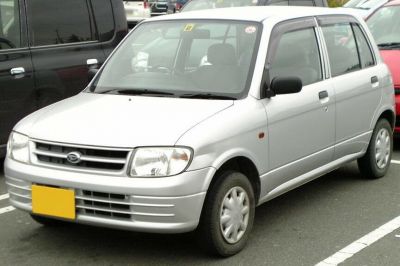
| Production: | 2000-2004 |
|---|---|
| Model Year: | 2000 |
| Length: | 3395 mm133.7 in |
| Width: | 1475 mm58.1 in |
| Height: | 1425 mm56.1 in |
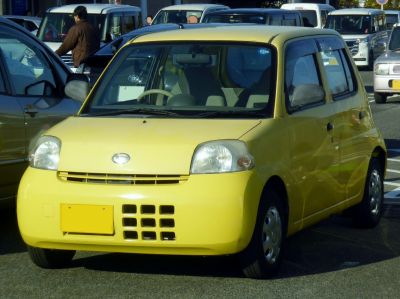
| Production: | 2006-2011 |
|---|---|
| Model Year: | 2006 |
| Length: | 3395 mm133.7 in |
| Width: | 1475 mm58.1 in |
| Height: | 1470 mm57.9 in |

| Production: | 2005-2009 |
|---|---|
| Model Year: | 2006 |
| Length: | 3395 mm133.7 in |
| Width: | 1475 mm58.1 in |
| Height: | 1470 mm57.9 in |
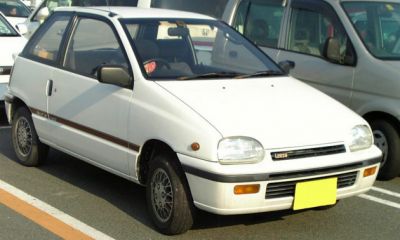
| Production: | 1986-1994 |
|---|---|
| Model Year: | 1987 |
| Length: | 3295 mm129.7 in |
| Width: | 1395 mm54.9 in |
| Height: | 1335 mm52.6 in |

| Production: | 1985-1995 |
|---|---|
| Model Year: | 1985 |
| Length: | 3392-3425 mm133.5-134.8 in |
| Width: | 1510 mm59.4 in |
| Height: | 1430-1460 mm56.3-57.5 in |

| Production: | 1998-2001 |
|---|---|
| Model Year: | 1998 |
| Length: | 3395 mm133.7 in |
| Width: | 1475 mm58.1 in |
| Height: | 1450 mm57.1 in |
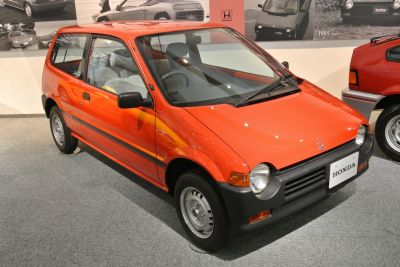
| Production: | 1985-1996 |
|---|---|
| Model Year: | 1985 |
| Length: | 3295 mm129.7 in |
| Width: | 1395 mm54.9 in |
| Height: | 1350 mm53.1 in |
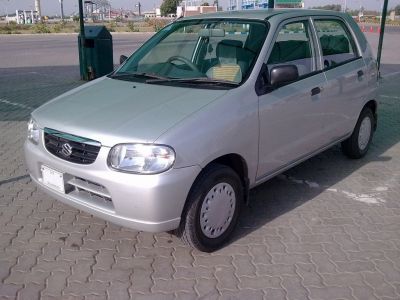
| Production: | 1998-2004 |
|---|---|
| Model Year: | 1998 |
| Length: | 3395-3495 mm133.7-137.6 in |
| Width: | 1475 mm58.1 in |
| Height: | 1455 mm57.3 in |
